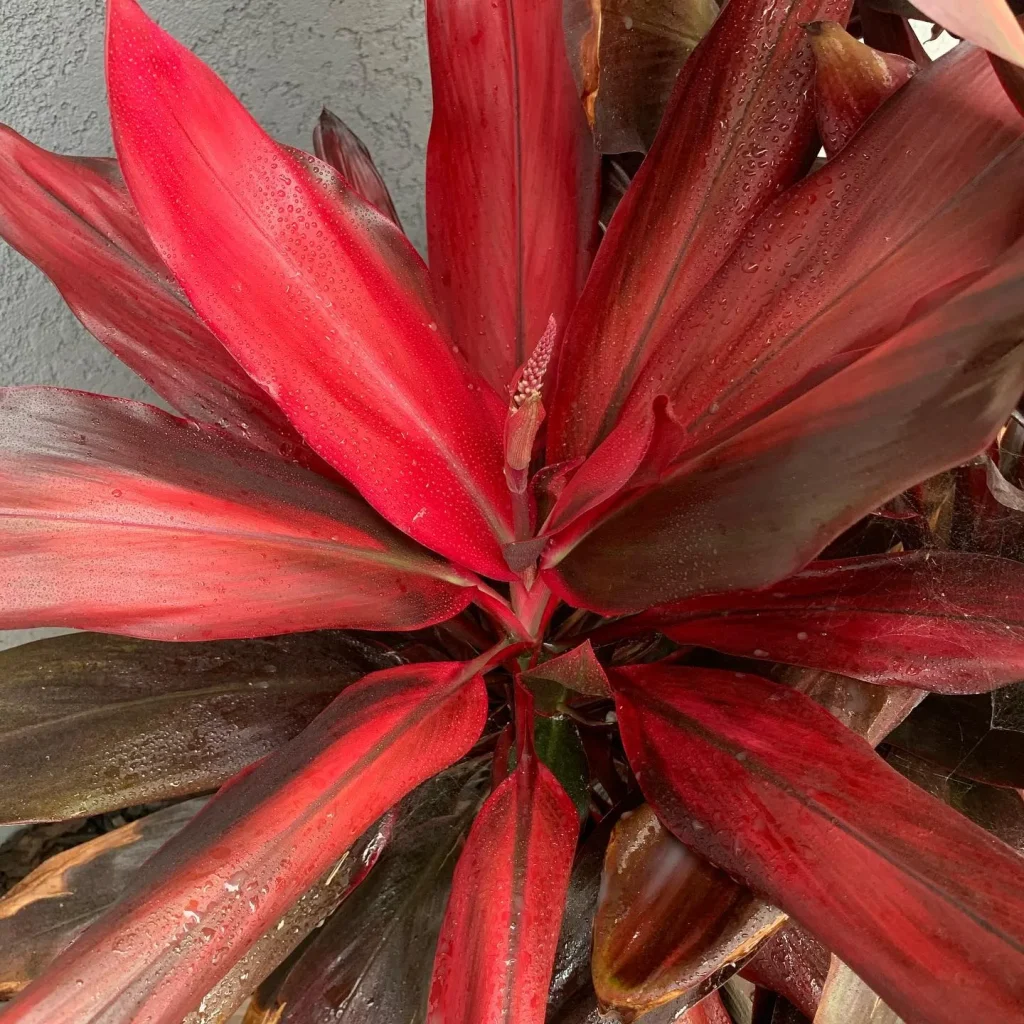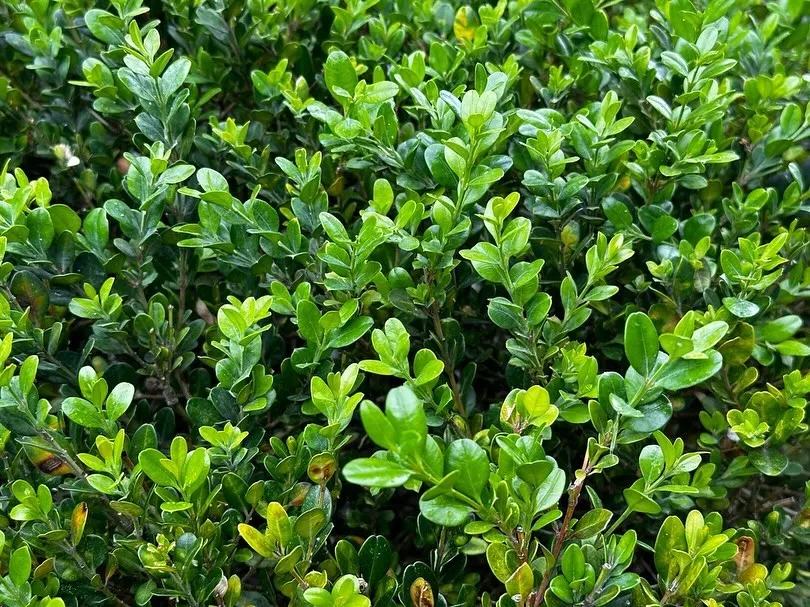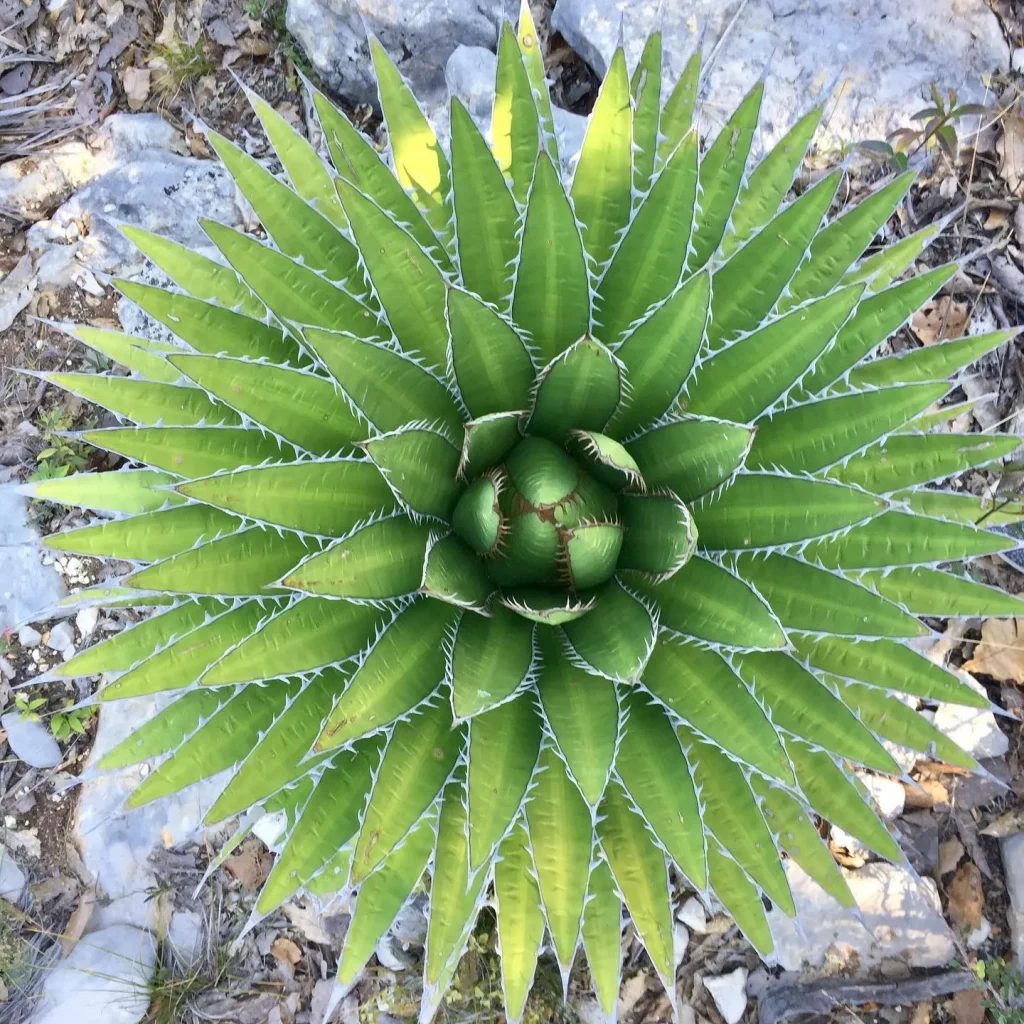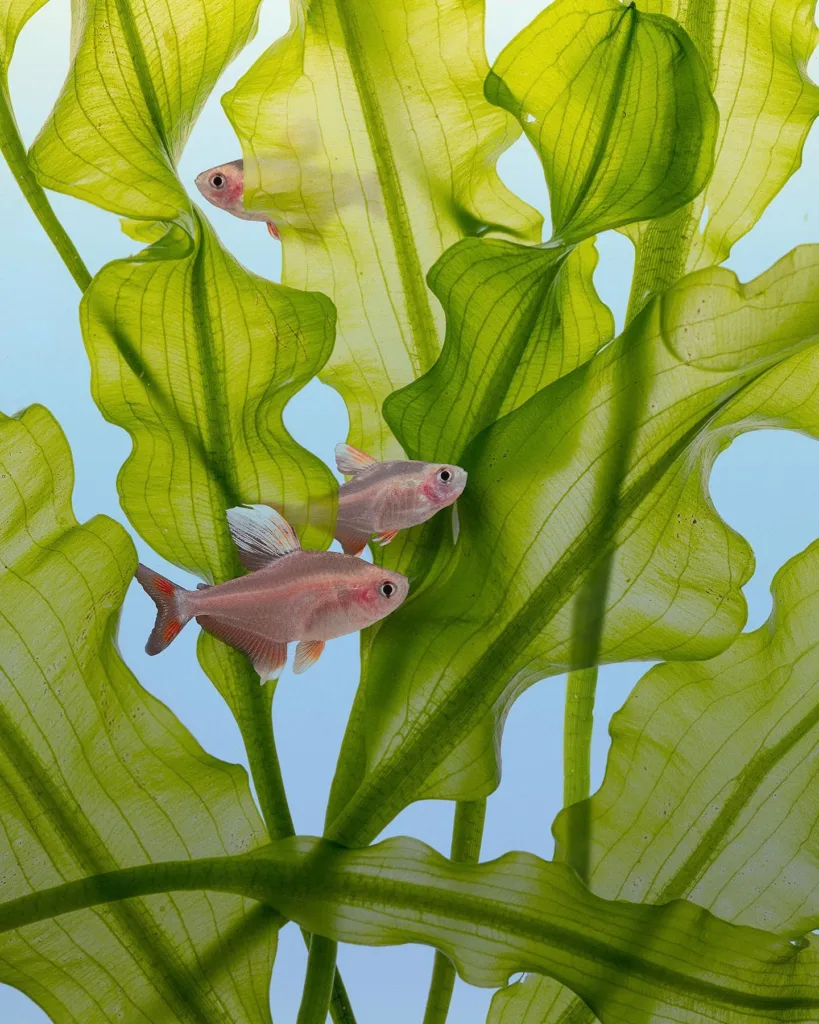Tecophilaeaceae: A Plant Family Close to My Heart
As a botanist, I’ve always been fascinated by the diversity and intricacies of the plant kingdom. One family that has particularly captivated me is Tecophilaeaceae. It’s a relatively small family, with about 25 species spread across 9 genera, but it boasts a remarkable array of floral forms and ecological adaptations.
Tecophilaeaceae: A Global Family with a Tropical Heart
Tecophilaeaceae is primarily a tropical family, with most of its members found in warm regions of Africa, South America, and Central America. However, there are a few outliers that extend the family’s range into temperate zones. In North America, for instance, we have the genus Odontostomum, which is native to California and Baja California. This genus is quite unique within the family, with its bell-shaped flowers and preference for dry, rocky habitats.
The Tecophilaeaceae Genera: A Diverse Cast of Characters
The 9 genera within Tecophilaeaceae offer a delightful mix of floral structures, growth habits, and ecological roles. Let’s briefly explore each of them:
- Conanthera: This genus is known for its showy, blue or purple flowers that often have contrasting yellow or white markings. They’re primarily found in Chile, where they add a splash of color to the landscape.
- Cyanastrum: This monotypic genus contains only one species, Cyanastrum cordifolium, which is native to tropical Africa. It has striking blue flowers and heart-shaped leaves, making it a popular ornamental plant.
- Cyanella: This genus is characterized by its zygomorphic flowers, which means they have bilateral symmetry. They’re typically yellow, orange, or red, and they attract pollinators with their nectar and pollen.
- Eremiolirion: This monotypic genus, represented by Eremiolirion amboense, is endemic to Namibia. It’s a desert-adapted plant with fleshy leaves and small, white flowers.
- Kabuyea: This monotypic genus contains only one species, Kabuyea hostifolia, which is native to Tanzania. It’s a rare and endangered plant with beautiful, white flowers.
- Odontostomum: As mentioned earlier, this genus is unique within the family for its North American distribution and bell-shaped flowers.
- Tecophilaea: This genus is the namesake of the family, and it’s known for its stunning, blue or violet flowers that resemble miniature lilies. They’re primarily found in Chile, where they’re considered national treasures.
- Walleria: This genus is characterized by its corm-like underground storage organs and its grass-like leaves. The flowers are typically small and inconspicuous, but they play an important role in the plant’s reproductive cycle.
- Zephyra: This genus is known for its delicate, white or pink flowers that often have contrasting purple or yellow markings. They’re primarily found in Chile and Argentina, where they add a touch of elegance to the landscape.
The Allure of Tecophilaeaceae: Why I’m Drawn to This Family
There are several reasons why I find Tecophilaeaceae so captivating:
- Floral Diversity: The flowers within this family exhibit a remarkable range of colors, shapes, and sizes. From the showy, blue flowers of Conanthera to the delicate, white flowers of Zephyra, there’s something to delight every eye.
- Ecological Adaptations: The members of Tecophilaeaceae have evolved a variety of strategies to thrive in diverse habitats, from arid deserts to lush rainforests. This adaptability is a testament to the family’s resilience and evolutionary success.
- Biogeographic Patterns: The distribution of Tecophilaeaceae across different continents raises intriguing questions about the family’s evolutionary history and biogeographic connections. It’s a fascinating puzzle that scientists are still piecing together.
- Conservation Concerns: Several species within Tecophilaeaceae are rare or endangered, highlighting the importance of conservation efforts to protect this unique family.
As I continue to explore the world of plants, I’m sure Tecophilaeaceae will remain a source of wonder and inspiration. It’s a family that reminds us of the beauty, complexity, and fragility of life on Earth.
If i die, water my plants!



